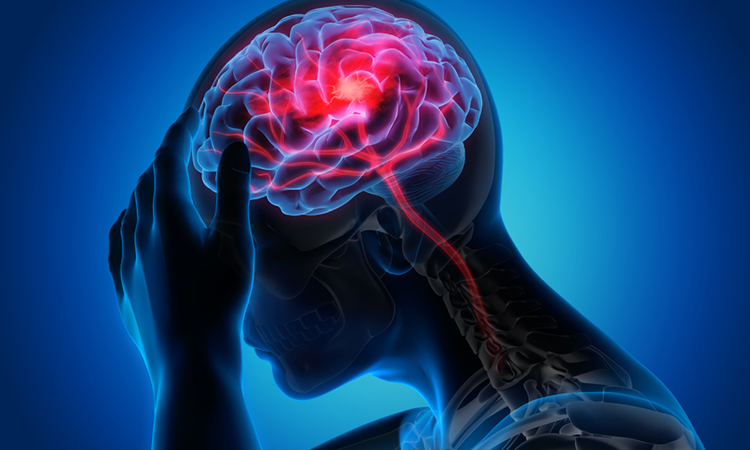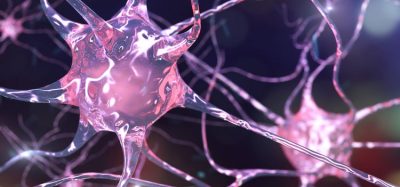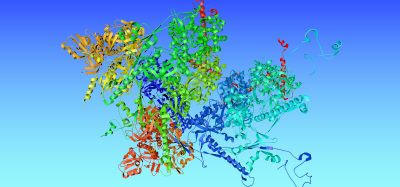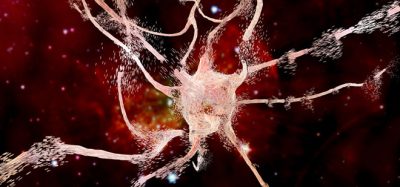Drug repurposed to boost functional recovery after a stroke
Posted: 23 May 2022 | Ria Kakkad (Drug Target Review) | No comments yet
A drug currently prescribed to control seizures and reduce nerve pain may enhance recovery of movement after a stroke.

Researchers from the Ohio State University, US have found the drug gabapentin, currently prescribed to control seizures and reduce nerve pain, may enhance recovery of movement after a stroke by helping neurons on the undamaged side of the brain take up the signalling work of lost cells, new research in mice suggests. The study was recently published in Brain.
The experiments mimicked ischemic stroke in humans, which occurs when a clot blocks blood flow and neurons die in the affected brain region. Results showed that daily gabapentin treatment for six weeks after a stroke restored fine motor functions in the animals’ upper extremities. Functional recovery also continued after treatment was stopped, the researchers found.
The team previously found that gabapentin blocks the activity of a protein that, when expressed at elevated levels after an injury to the brain or spinal cord, hinders re-growth of axons, the long, slender extensions of nerve cell bodies that transmit messages.
“When this protein is high, it interferes with neurological recovery,” said lead author, Assistant Professor Andrea Tedeschi.
The primary treatment focus after an ischemic stroke is re-establishing blood flow in the brain as quickly as possible, but this research suggests that gabapentin has no role at that acute stage: The recovery results were similar whether the treatment started one hour or one day after the stroke.
Instead, the drug’s effects are evident in specific motor neurons whose axons carry signals from the central nervous system to the body that tell muscles to move.
After the stroke in study mice, the researchers observed, neurons on the undamaged, or contralateral, side of the brain began sprouting axons that restored signals for upper extremity voluntary movement that had been silenced by neuron death after the stroke. This is an example of plasticity, the central nervous system’s ability to fix damaged structures, connections, and signals.
Neurons after an injury tend to become “hyperexcited,” leading to excessive signalling and muscle contractions that may result in uncontrolled movement and pain. While the neural receptor protein alpha2delta2 contributes to the development of the central nervous system, its overexpression after neuronal damage means it hits the brakes on axon growth at inopportune times and contributes to this problematic hyperexcitability.
This is where gabapentin does its work: inhibiting alpha2delta1/2 subunits and enabling post-stroke central nervous system repair to progress in a coordinated way.
Because a technique that temporarily silenced the new circuitry reversed behavioural signs of recovery, Tedeschi said the findings suggested the drug normalises conditions in the damaged nervous system to promote cortical reorganization in a functionally meaningful way.
Compared to control mice that did not receive the drug, mice that received six weeks of daily gabapentin treatment regained fine motor function in their forelimbs. Two weeks after treatment was stopped, researchers observed, functional improvements persisted.
Gabapentin also appeared to have an effect in the stroke-affected brain on non-neuron cells that influence the timing of message transmission. An examination of their activity after the drug treatment suggested these cells can dynamically change their behaviour in response to variations in synaptic communication, further enabling smooth sprouting of axons that were compensating for the lost neurons.
The team is continuing to study the mechanisms behind stroke recovery.
Related topics
Drug Repurposing, Neurosciences
Related conditions
Stroke
Related organisations
Ohio State University
Related people
Assistant Professor Andrea Tedeschi







